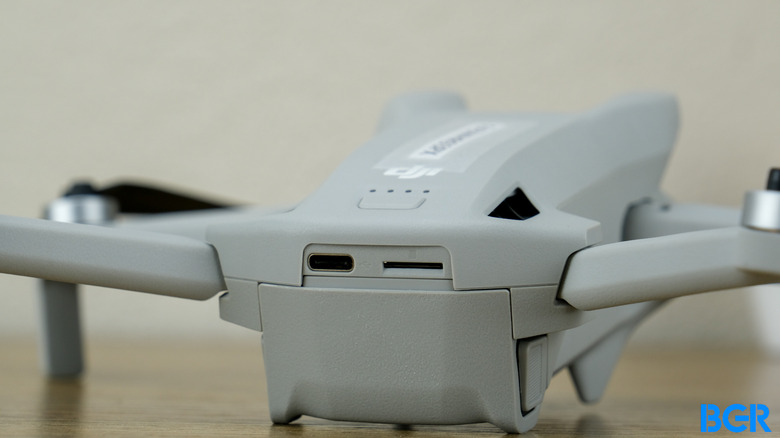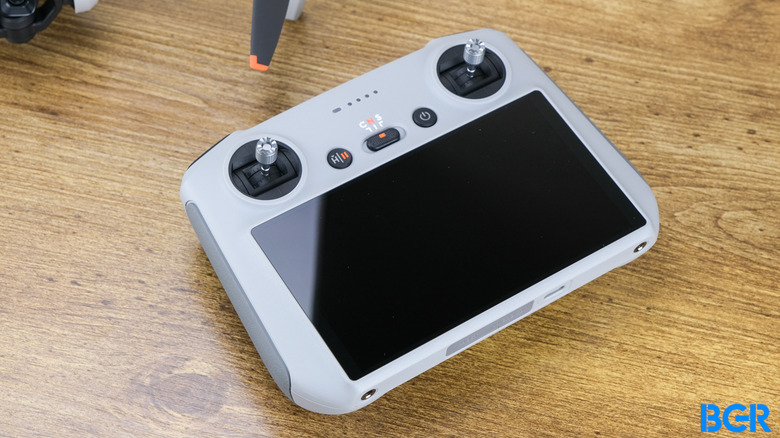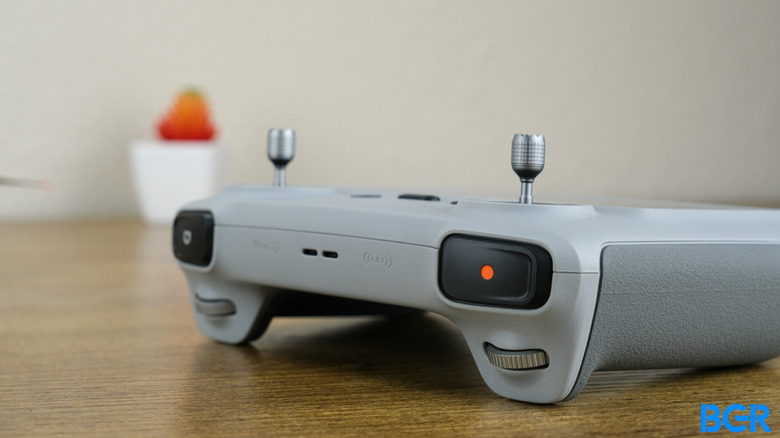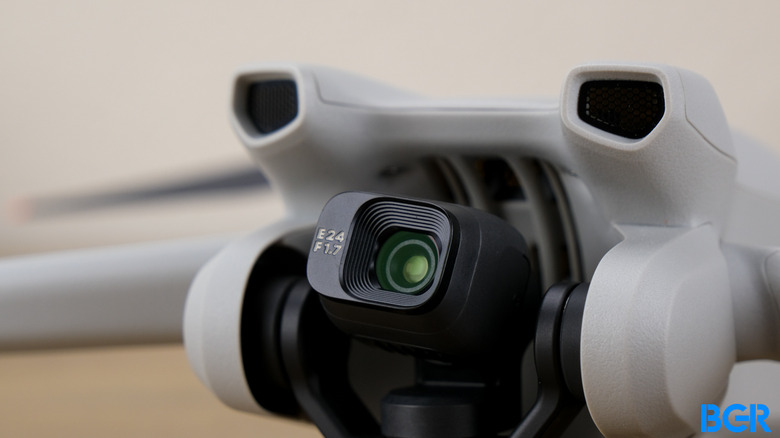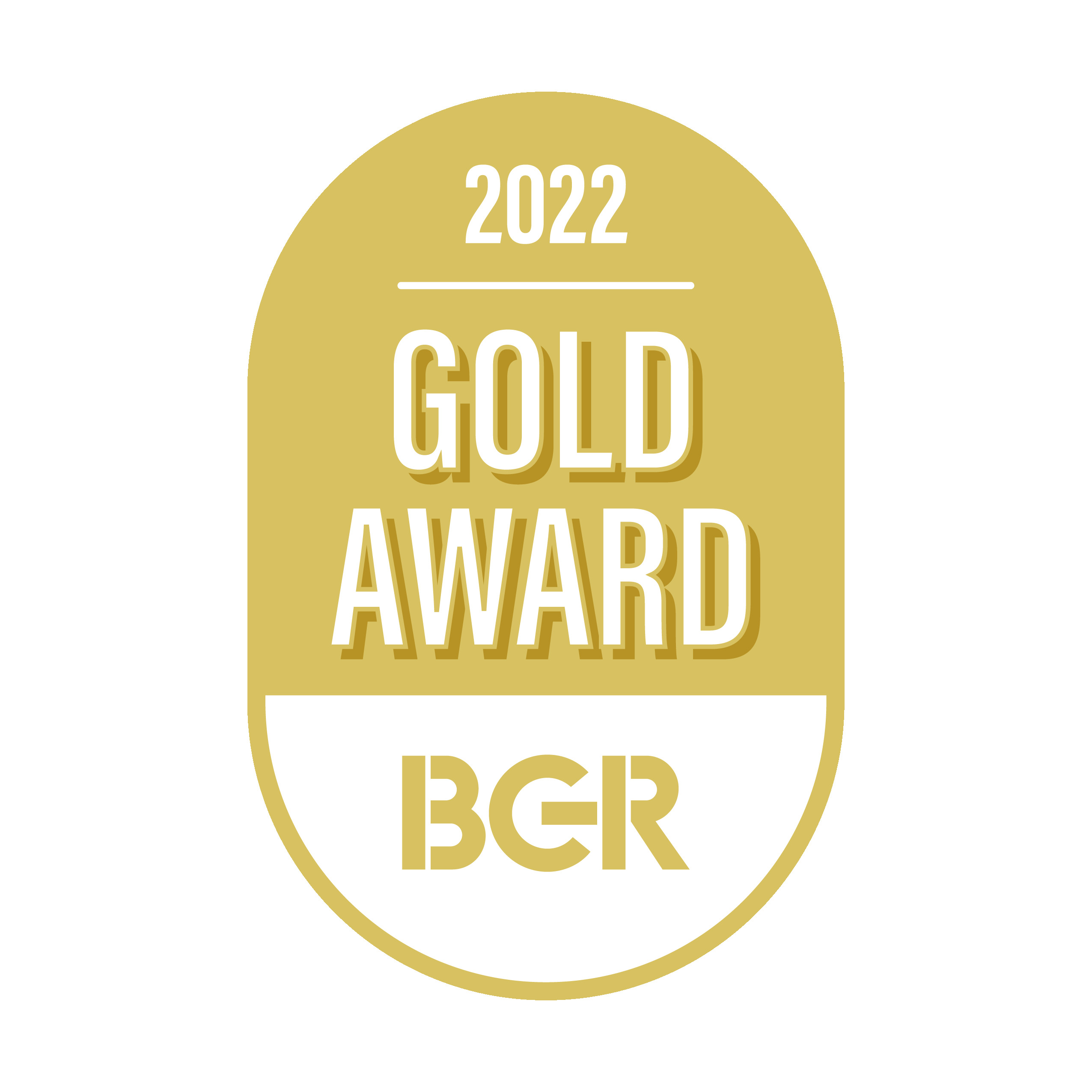DJI Mini 3 Review: The Best Entry-Level Drone
DJI is back with yet another small-size drone. Only a few short months ago, the company launched the new DJI Mini 3 Pro, which replaced the Mini 2 Pro. But that drone was suspiciously launched without a standard Mini 3 model. Turns out, DJI was just saving the scaled-back version for later.
The DJI Mini 3 is cheaper than the Mini 3 Pro, and as you would expect, it's not quite as advanced — but DJI has cut fewer corners than you might expect. The drone has the same camera tech as its more expensive sibling, the same lightweight design, and works with the same accessories. So how has DJI cut corners for its new entry-level model? I've been using the DJI Mini 3 to find out.
DJI Mini 3 drone
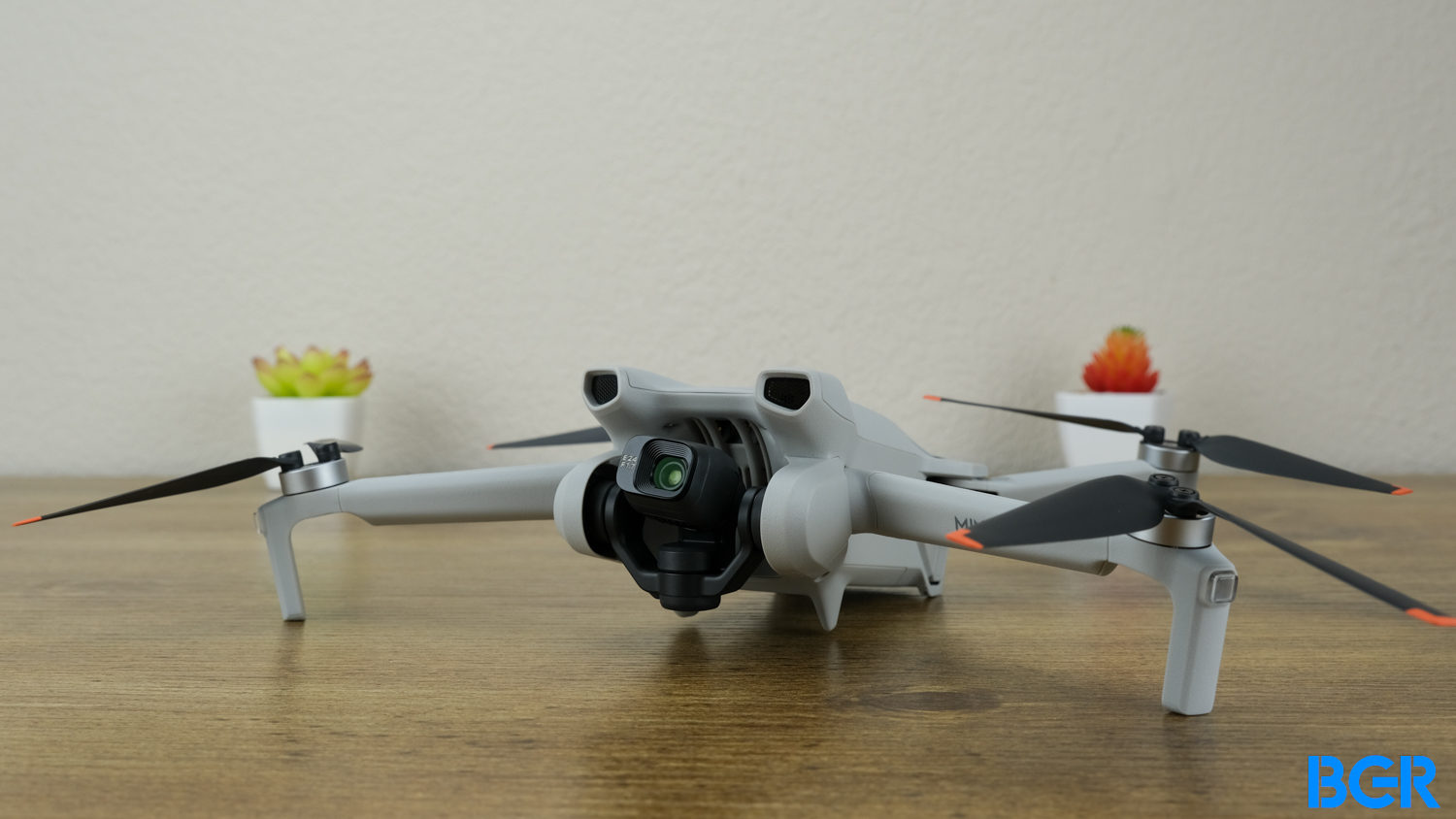
The DJI Mini 3 entry-level drone boasts an easy-to-use design and a range of great features. But how does it compare to the Mini 3 Pro?
- Solid design
- Good camera
- Easy to fly
- Inexpensive
- Not as advanced as Mini 3 Pro
DJI Mini 3 design
The overall design of the DJI Mini 3 is very similar to the Mini 3 Pro, and identical to the DJI Mini 2. That's not a bad thing though — the drone looks approachable and sleek. It features DJI's signature gray color-scheme, and is lightweight at just 249 grams. Of course, that number is no accident — 250 grams is the maximum drone weight before it has to be registered as an unmanned aircraft with the FAA, so the DJI Mini 3 will avoid that headache.
The DJI Mini 3 is foldable, and also incredibly lightweight, making it very portable. This means you can easily throw it in a bag and take it anywhere — whether that's on a road trip or your next camping excursion. It even comes with a carry case for added convenience.
DJI offers two different controllers for the DJI Mini 3. The DJI RC controller has an integrated display, but you'll have to pay extra for a combo with that controller. Cheaper combos include the DJI RC-N1 controller with a phone mount, which will save you some money if you don't need the built-in display on the DJI RC controller. You can also buy the drone alone, in case you already have a controller handy.
Flying the DJI Mini 3
Actually flying the DJI Mini 3 is a breeze, however there are some notable differences between flying it and flying the DJI Mini 3 Pro. Ultimately, flying the Mini 3 is closer to the Mini 2 than the Mini 3 Pro — however it's still easy to fly and very intuitive.
Like any drone, you will want to get acquainted with the controls before you start flying. The RC controller offers two joysticks and buttons for different functions, but you'll want to get used to the DJI Fly More app that's built into the controller. That's true regardless of the kind of controller you get — if you don't get DJI's RC controller, you'll still need to know how to use the app.
OcuSync 2.0
Unlike the DJI Mini 3 Pro, which has DJI's OcuSync 3.0 tech, the DJI Mini 2 comes with OcuSync 2.0. That means that the DJI Mini 3 has a slightly shorter flight range of 10 kilometers, or 6.2 miles. It is a little annoying that OcuSync 3.0 isn't here, but considering it's one of the few differentiating factors between the Mini 3 and Mini 3 Pro, it's not a huge deal.
Of course, the 6.2-mile range is still pretty huge, and more than enough for most hobbyists and casual drone users.
Obstacle avoidance
One major difference between the DJI Mini 3 and DJI Mini 3 Pro is that the DJI Mini 3 doesn't have obstacle avoidance on the sides or front. That means you'll have to be extra careful when flying around obstacles, as the drone won't detect them in time to prevent a crash. The DJI Mini 3 does have downward obstacle avoidance though, which will help when landing.
Because of the lack of obstacle avoidance on the front or sides, the DJI Mini 3 probably isn't the right drone for enthusiasts who want to push their skills and fly through tight spaces.
Battery life
There is one area in which the DJI Mini 3 beats out most of DJI's other drones, and that's in battery life. The battery is able to deliver an impressive 38 minutes of flight time with the standard Flight Battery, and up to a hefty 51 minutes with the intelligent Flight Battery Plus. That beats the Mini 3 Pro's maximum flight time of 47 minutes, and makes the DJI Mini 3 an excellent choice for those who don't want to be switching batteries all the time — though you can still get a combo with multiple batteries for longer flying sessions.
Despite the solid battery life, I do recommend buying an extra battery or two, especially for those who like to take their drone camping or on the road. Most won't actually hit that maximum battery life, so having an extra handy can be very helpful.
DJI Mini 3 camera quality
The other main difference between the DJI Mini 3 and the Mini 3 Pro comes in the form of the camera capabilities, however they're more similar than different. The DJI Mini 3 features DJI's 1/1.3 CMOS sensor, with an f/1.7 aperture.
So how is that different than the Mini 3 Pro? Well, the main difference is the fact that the DJI Mini 3 Pro can capture 4K video at 60 frames per second, while the standard DJI Mini 3 is limited to 30 frames per second. The camera can still capture 2.7k video and 1080p video at 60 frames per second, and the drone supports HDR.
Generally, video quality is excellent. DJI's color science has improved over the years, and the DJI Mini 3 can capture some stunning footage. There are some soft corners when you're shooting 4K video at 30 frames per second, but overall I'm very pleased with what the DJI Mini 3 is capable of.
Conclusions
The DJI Mini 3 is an excellent entry-level drone, and for most casual drone pilots, is worth considering over the more expensive Mini 3 Pro. The drone has a solid battery life of up to 51 minutes with the intelligent Flight Battery Plus, and the camera can capture beautiful 4K video at 30 frames per second. The DJI Mini 3 isn't quite as capable as DJI's other offerings, but it's perfect for those who don't need all the bells and whistles.
The competition
The biggest competition to this drone comes from DJI itself — especially the DJI Mini 3 Pro. If you have the budget and don't mind paying a bit extra for features like 4K video at 60 frames per second and OcuSync 3.0, then it's worth going with DJI's higher-end offering. But if you're looking for an entry-level drone that won't break the bank, then DJI Mini 3 is the way to go.
Should I buy the DJI Mini 3?
Yes, if you want a great entry-level drone that offers all the basic features in an easy to use design.
No, if you're looking for a more advanced drone with features like better obstacle avoidance and 4K video at 60 frames per second.
